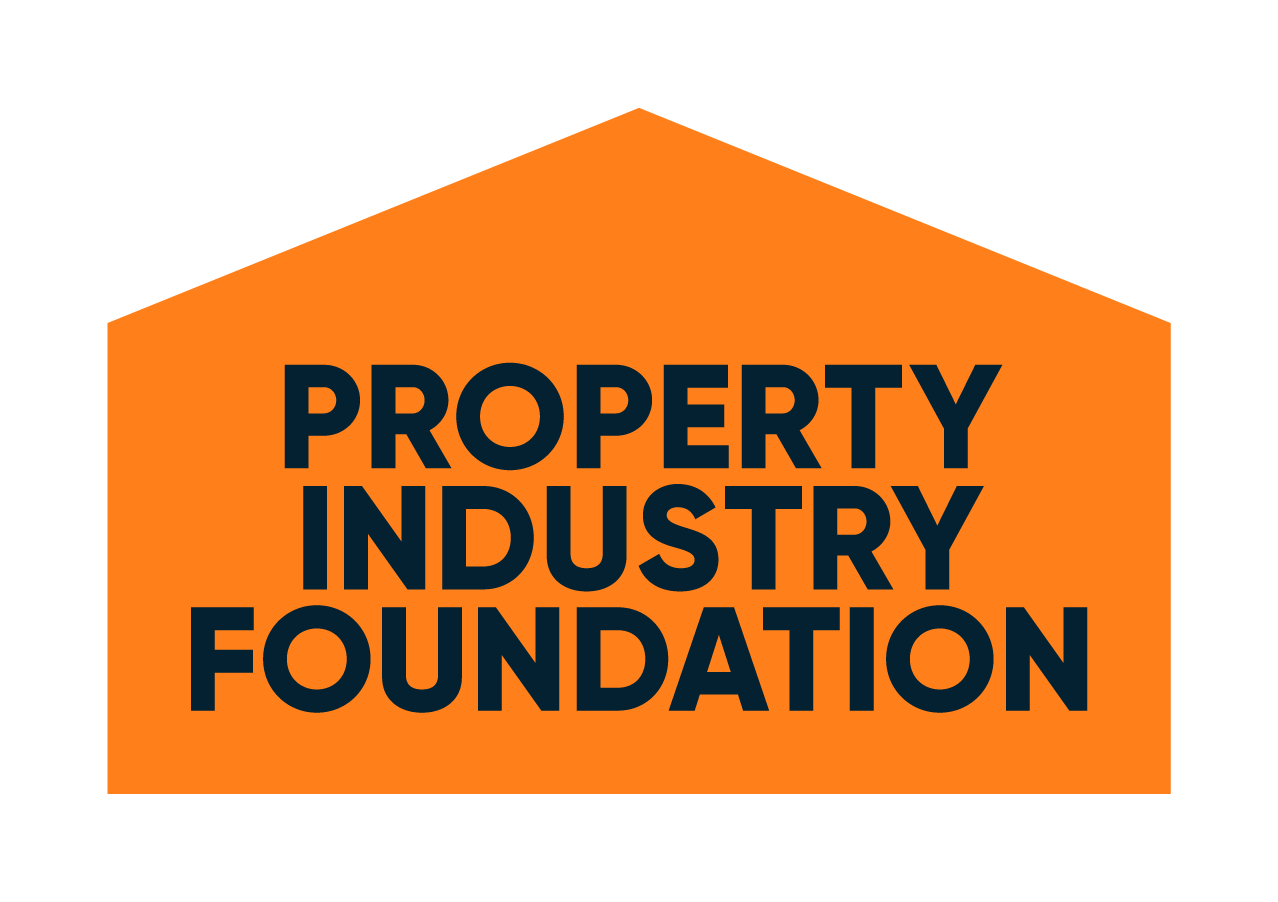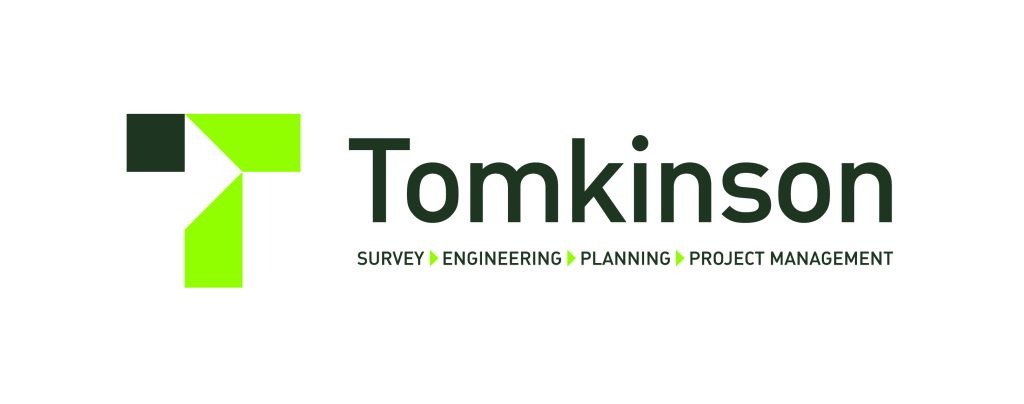UDIA Victoria Media Release
New data and analysis from Research4 presented to the Urban Development Institute of Australia, Victoria Division (UDIA Victoria) suggests that it’s not all doom and gloom for Melbourne’s greenfield land market in the wake of COVID-19.
Director of Research4, Colin Keane told UDIA Victoria that despite wide-spread concerns that travel restrictions will significantly reduce population growth and subsequent demand for housing, several factors indicate net overseas migration in particular is simply being deferred rather than abandoned.
240,000 overseas student enrolments were received in the year to August 2020, which is only 30,000 less than the previous year, and Australia is still receiving similar levels of applications for permanent residency. Further, Australia’s brand has been strengthened internationally due to our success in suppressing COVID-19.
“Melbourne boasts a world-class education system that will continue to give us a competitive edge over other parts of the country,” said Danni Hunter, CEO of UDIA Victoria.
“We have done a commendable job defeating a second wave of this virus. We must now focus on executing a bold, visionary plan to reclaim our position as the world’s most liveable city.”
While other land markets across Australia benefitted from a significant COVID upswing fuelled by HomeBuilder, Stage 4 restrictions tempered sales in Victoria, causing the Melbourne greenfield land market to miss out on selling an estimated 3600-4000 lots during that period.
“The fact that Melbourne couldn’t take full advantage of the HomeBuilder stimulus means the market didn’t see a huge pulling forward of demand, which means we’re less likely to suffer the vacuum effect where demand drops away with HomeBuilder,” said Director of Research4 Colin Keane.
While net overseas migration is expected to pick up when borders re-open, net interstate migration is a concern for the Victorian economy.
“Pre-COVID, Victoria was seeing record levels of interstate migration. But our second wave, and the consequences for employment, have compromised our appeal. We now need to introduce measures that will invite permanent interstate arrivals,” said Ms Hunter.
According to the data, Melbourne is struggling to compete with new metro land prices in other states and territories, with our new land prices estimated to be overvalued to the tune of $26,000.
Highlighting the need for state tax reform to help housing affordability, UDIA Victoria research shows that 19-34% of a local homebuyer’s purchase price is government taxes and charges.
“These costs are too high for Victorian homebuyers, especially now that unemployment and underemployment are so prevalent. Victorians are in desperate need of tax reform, otherwise we seriously risk pushing people interstate where housing is more affordable,” said Ms Hunter.
Confirming anecdotal evidence, the data shows that Victoria’s regional markets saw a significant increase in sales in the September quarter. The Ballarat region saw an 80% lift in sales; Geelong Surf Coast saw a 64% lift in sales; and the Warragul Region saw a 130% lift in sales.
“Lockdown measures have pushed a lot of Melburnians to place greater weight on outdoor space around their home – the backyard, direct access to open space, and being connected to nature have emerged as common homebuyer preferences,” said Mr Keane.
– ENDS –
MEDIA CONTACT
Hyatt Nidam
Engagement and Communications Manager, UDIA Victoria
M: 0478 415 105










